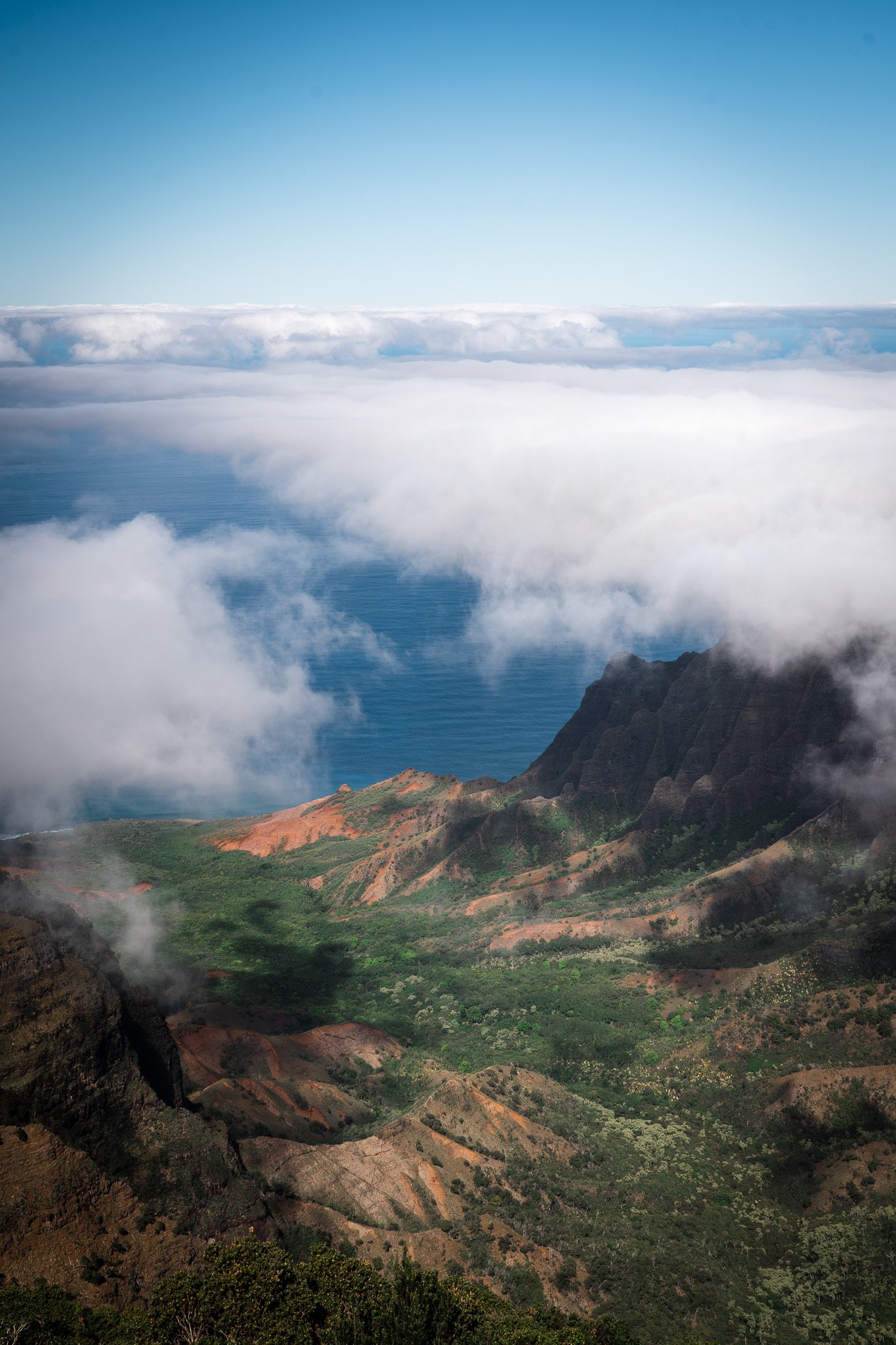What is a Circular Polarizer Filter and Why Do You Need One?
Circular polarizer filters have often been called the essential filter for landscape photographers. But what is a circular polarizer filter exactly? And do you actually need one as a landscape photographer (or any other photographer for that matter)? Let’s find out.
What does a Circular Polarizer Filter Do?
A circular polarizer filter essentially removes, or cuts down, the reflections in an image. This includes the reflections on both water and glass. By doing this, it also helps control the highlights in an image as well.
You may be wondering, why would you want to remove the reflections in an image? For one, it helps create more depth and contrast within an image, and also boosts saturation. When the sun or sky reflects onto water, for instance, it makes the water typically look fairly white or pale. When you remove that reflection, the water actually looks more deep and blue.
Secondly, by removing the reflections, a circular polarizer filter actually provides more detail in landscape photos. When the reflections are removed from the surface of water, you can actually start to see the details beneath the surface, such as rocks, seaweed and sand. This is also true with things like leaves, as wet leaves tend to look washed out without the use of a circular polarizer filter.
As you can see in the example image below, the water has no reflection on it, making the colour a deep, vivid blue. Similarly, the green on the leaves have also had any reflection removed, making them a nice deep, vibrant green. If you were to remove the circular polarizer filter and retake this image, both the water and the leaves would have more of a washed out, white colouring to them.
Potential Drawbacks
While circular polarizer filters can create some epic landscape photos, they only really need to be used if you’re trying to achieve a certain look or preserve more details. This may be crucial for certain scenes, like if you’re trying to capture the turquoise waters in Banff and want to make sure the water colour is a saturated as possible. But, in some scenes, this level of saturation and lack of reflection can look unrealistic.
They also have to be used under specific lighting conditions (I’ll get into this more in a future article). A circular polarizer filter works best on sunny days (it is a polarizing filter after all!), and, because your positioning in relation to the sun plays a direct role in the quality and colour of the final photo, you need to know how to use it first and what it’s limitations are.
Should You Get a Circular Polarizer Filter?
Though filters can be costly, a circular polarizer filter is fairly essential if you’re into landscape photography. When you are faced with a scene that requires little to no reflections, and you’re hoping to boost it’s depth and saturation, a circular polarizer filter will be indispensable. It is, however, important to learn how to use a circular polarizer filter, and also understand its limitations so that you can make the best decisions for your images while you’re out in the world snapping photos.
